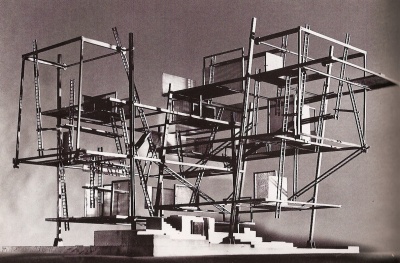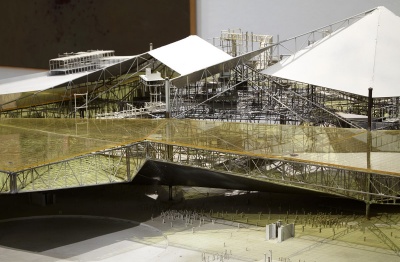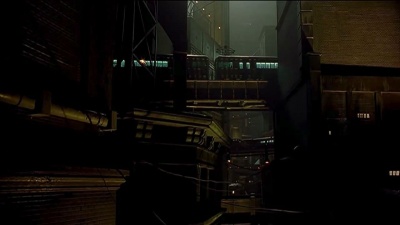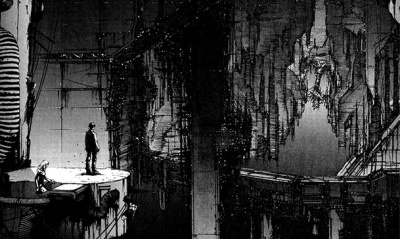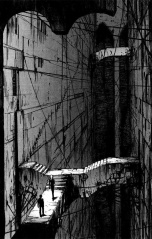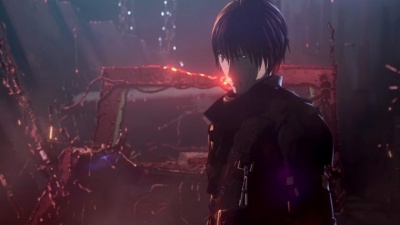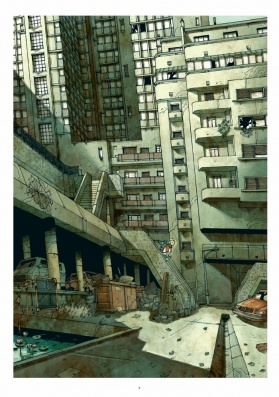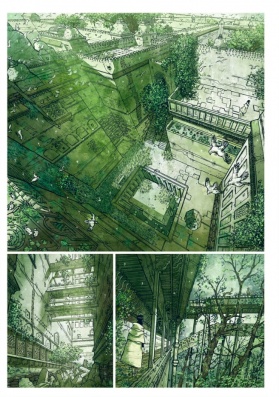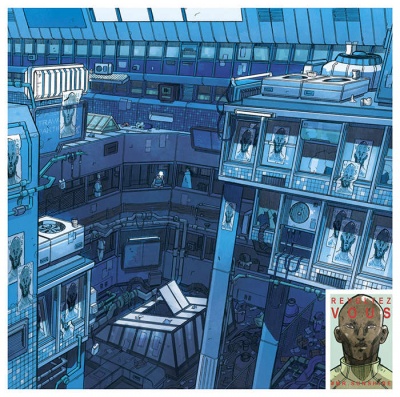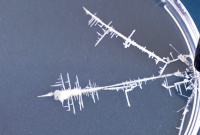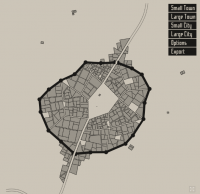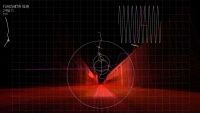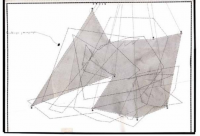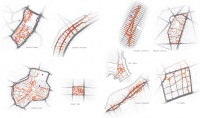Difference between revisions of "WorkUnit:Disrupted Cities - docs"
Frankiezafe (Talk | contribs) (→The city as a frame) |
Frankiezafe (Talk | contribs) (→The city as a research) |
||
| Line 2: | Line 2: | ||
== The city as a research == | == The city as a research == | ||
| + | |||
| + | === New Babylon === | ||
[[File:Constant new babylon model bw.jpg|400px]] [[File:Constant new babylon model color.jpg.jpg|400px]] | [[File:Constant new babylon model bw.jpg|400px]] [[File:Constant new babylon model color.jpg.jpg|400px]] | ||
Revision as of 22:49, 26 September 2017
Links and any kind of info related to disrupted cities.
Contents
The city as a research
New Babylon
New Babylon[1] is an anti-capitalist city, perceived and designed in 1959-74 as a future potentiality by visual artist Constant Nieuwenhuys[2]
The city as an actor
Different story and/or artwork where the city is leaving its role of background to become an actual protagonist of the story, imposing its scale, structure and time to the human-like characters.
Dark city
Darkcity[3], 100min, 1998, by Alex Proyas[4]
The city is shifting every night, while population is in a catatonic sleep. The whole map and architecture is mixed up in front of our eyes, modifying the perception of structural stability, or at least very slow evolution, commonly inferred by the streets and buildings. This movie is the main inspiration for the city generator library[5].
Blame!
Blame![6] (original title: ブラム!), 1998 – 2003, by Tsutomu Nihei[7]
The main character, killy, a taciturn and undetermined young adult, is wandering in an endless succession of super-structure (megastructures in the manga) enclosing cities and vast empty space. Along the 10 volumes covering an undefined time, from several years to hundreds. During this journey, the different action scenes are separated by long periods of absolute loneliness. In this story, the city is not decaying but self-regenerate thanks to giant building robots, apparently left on their own and continuously creating new structures. The city is not actually moving by itself, but has no other reason of expending else than the fact of build. It is a self-sufficient object, liberated from its utility to mankind.
In log 57 (~chapter), after climbing a 3000km high stairway, the main character meets an observer whose role is to study a spherical space of 143000 kilometres of diameter[8]. A sensation of vertigo is provoked by the succession of infinite cities and enormous voids.
Blame![9], 106, 2017, by Hiroyuki Seshita[10]. The anime[11] is roughly covering a part of the volume 6.
3 short movies as also been produced around 2003, but very few traces exists in eastern references[12]. They were a mix of several scenes of the original manga, without clear intent to follow chronology.
Mathieu Bablet
- La belle mort, 2001.
- Adastrée, 2013.
- Shangri-La, 2016.
Bablet has a romantic vision of the cities. He use them to emphasise the mental state of his characters, often lost, sad and aim-less. Nevertheless, buildings and architectural agglomerates are filling up many pages in his books. The characters, when they are still present in the images, are anecdotal, left aside to justify contemplation of structures and coloured fields.
The city as a frame
Tin reaction to electricity
- http://web.siat.ac.cn/~liangliang/publications/2017/polyfit/polyfit.html
- https://github.com/LiangliangNan/PolyFit
- http://www.shamusyoung.com/twentysidedtale/?p=2940 - Procedural city, complex building structure on grid city map.
Concepts
Tools
- https://mapzen.com/projects/vector-tiles/
- https://github.com/Bercon/BerconMaps
- http://www.darksim.com/html/dt25_description.html
- Vectiler by Karim Naaji - github
- https://www.cgal.org/ - The Computational Geometry Algorithms Library
- ↑ New Babylon (Constant Nieuwenhuys) on wikipedia
- ↑ Constant Nieuwenhuys on wikipedia
- ↑ Dark City on imdb
- ↑ Alex Proyas on imdb
- ↑ see WorkUnit:Disrupted_Cities_-_road_network
- ↑ Blame! on wikipedia
- ↑ Tsutomu_Nihei is a japanese mangaka - wikipedai
- ↑ About the résosphere (french version of netsphere) and this spherical shape: La Résosphère, visited on 2017/09/26
- ↑ Blame! on imdb
- ↑ Hiroyuki Seshita on imdb
- ↑ Anime is a term used to categories japanese animation movies. wikipedia
- ↑ [1]
- ↑ http://tvtropes.org/pmwiki/pmwiki.php/Manga/Domu
- ↑ wikipedia
- ↑ wikipedia
